




Lesson 1 - Overview of the Piano







Note: This lesson is theory and quiz only, no need for the practice portion.
The piano is one of the most versatile of musical instruments. Besides solo playing, the piano can collaborate with all other instruments and even with orchestra. It can accompany in a supporting role and also provide orchestral reductions of symphonies and operas. This plethora of possibilities has led to its enduring and continued popularity.
The earliest piano was credited to Bartolomeo Cristofori of Italy in 1700. Much smaller and more delicate than our modern piano, this early version was called the pianoforte. Improvements in construction and increasing strength of material led to the modern piano’s final form around the mid-1800s.
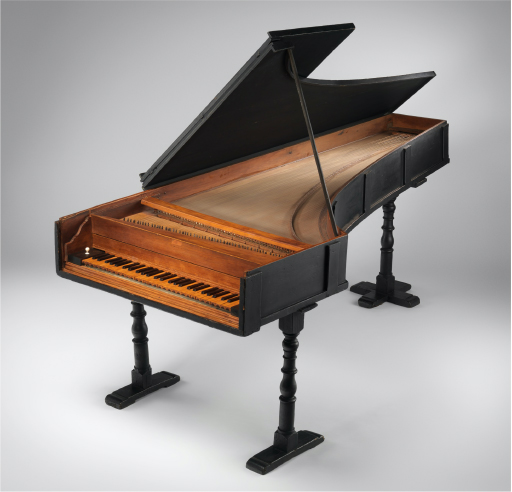
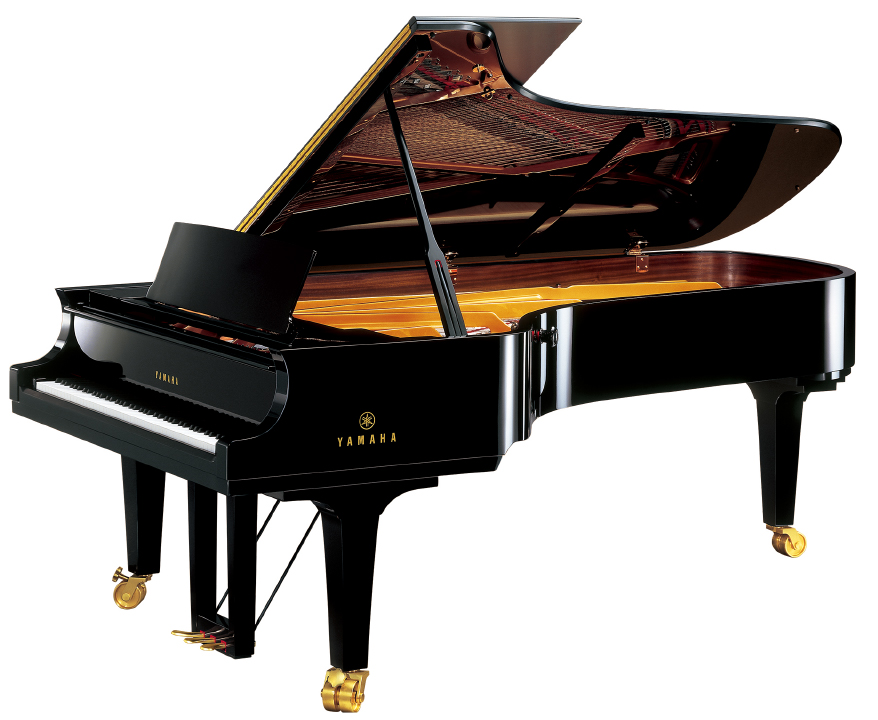
Our modern piano comes in two main forms: the grand piano and the upright piano. The grand piano is a large instrument resting on three legs, with its signature curved side and a lid that can be raised. The length of the grand piano ranges from the baby grand at 4 feet 11 inches (1.5 meters) to the massive concert D grand used in concert halls at 9 feet 10 inches (3 meters). Top piano brands include Steinway & Sons, Yamaha, Bösendorfer, Kawai, Fazioli, Bechstein, and Mason and Hamlin.
The upright piano (or vertical piano) is rectangular and used for smaller spaces. Their compact shape and smaller price tag makes them more popular in homes and for use by everyday people. Upright pianos also range in height from 36 to 60 inches tall (0.9 to 1.5 meters).
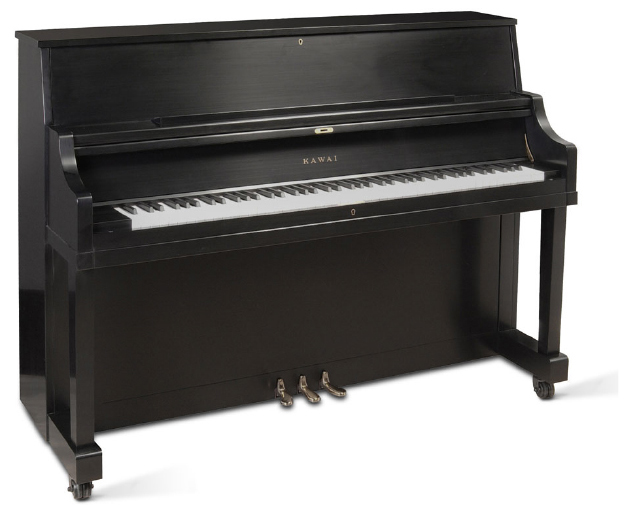
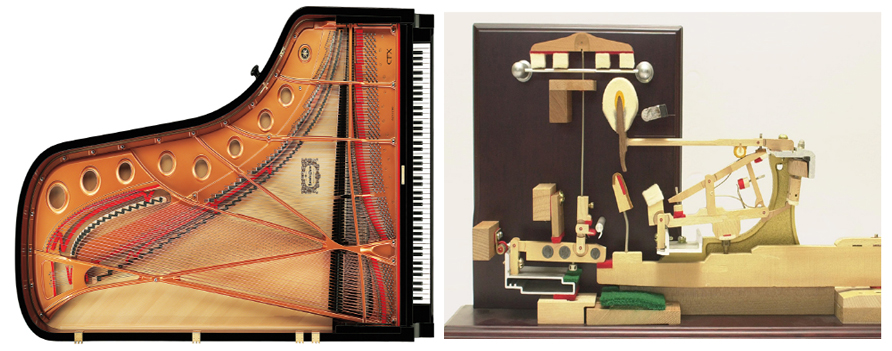
The internal construction of both grand and upright pianos are similar. The piano has wire strings that are strung across a soundboard, held in place by wire pins at either end. The size, length, and tension of the strings create the various pitches (or sounds). A keyboard of black and white keys connect to felt-tipped hammers that strike the strings from below, creating vibration and hence the sound. When the key is released, a damper above the string comes down to stop the sound. There are three pedals at the bottom of the piano used to create a variety of additional effects.
There are 88 keys on the piano. For educational, technological, transportation, and financial reasons, digital pianos and electronic keyboards have become increasingly popular in the last half century. While digital pianos contain the full 88 keys and look like small upright pianos, electronic keyboards can range from 25 keys on low-end synthesizers to 49, 61, or 76 keys on typical home-use keyboards. The digital functions of keyboards - such as a diverse array of instrumental sounds and its ability to connect to computer - along with its size and portability and made them extremely common in homes and schools. Popular keyboard makers include Yamaha, Casio, Roland, Nord, and Kawai.
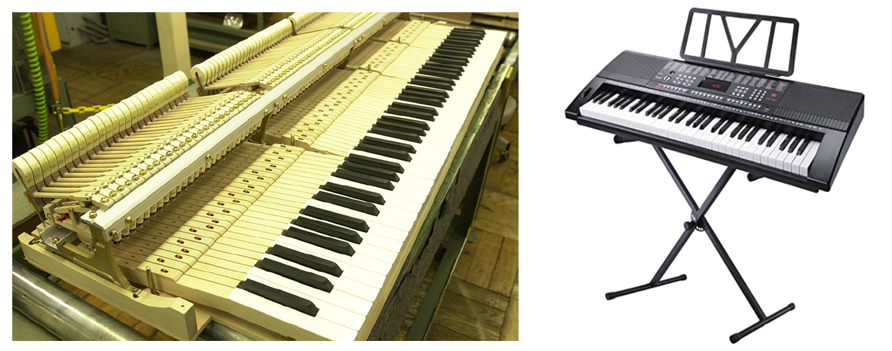
For additional information about the internal parts of a piano, check out this instrument guide by Yamaha:
https://www.yamaha.com/en/musical_instrument_guide/piano/mechanism/
For additional information about how the piano is made, check out this guide to the manufacturing process:
https://www.yamaha.com/en/musical_instrument_guide/piano/manufacturing/